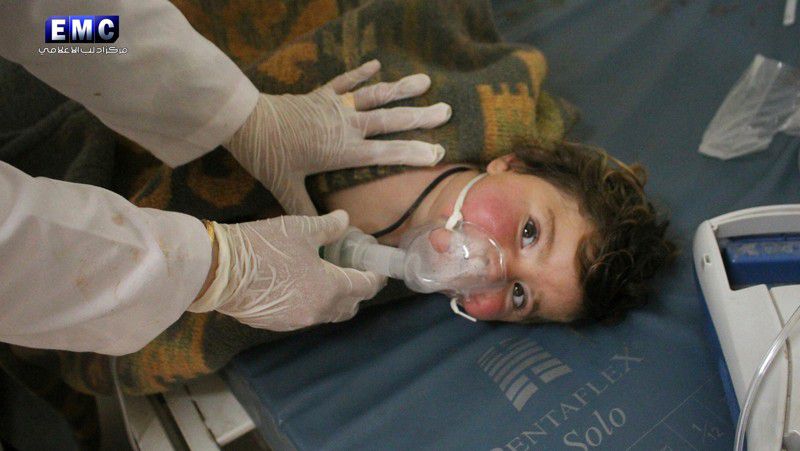A Syrian air base was struck by missiles before dawn on Monday, a little more than 24 hours after an alleged chemical attack near Damascus that the West has blamed on Syrian government forces.
One nerve agent that has been repeatedly used during the Syrian war is sarin gas.
What is sarin?
According to the Centers for Disease Control and Prevention, sarin is a nerve agent that appears as a clear, colorless liquid and is generally odorless and tasteless.
What does it do?
Sarin can cause death in minutes after exposure and interferes with the nervous system and sends the bodies of those affected into constant activity. The main cause of death from exposure to the agent is acute respiratory distress, according to the World Health Organization.
How do people get exposed to it?
The deadly agent can contaminate water, food and be released into indoor and outdoor air as a vapor or liquid spray, which might also affect agricultural products, according to the CDC. It can be absorbed into the body by eye or skin contact and inhalation. Ingestion is also possible, but less common.
The Associated Press contributed to this report.






